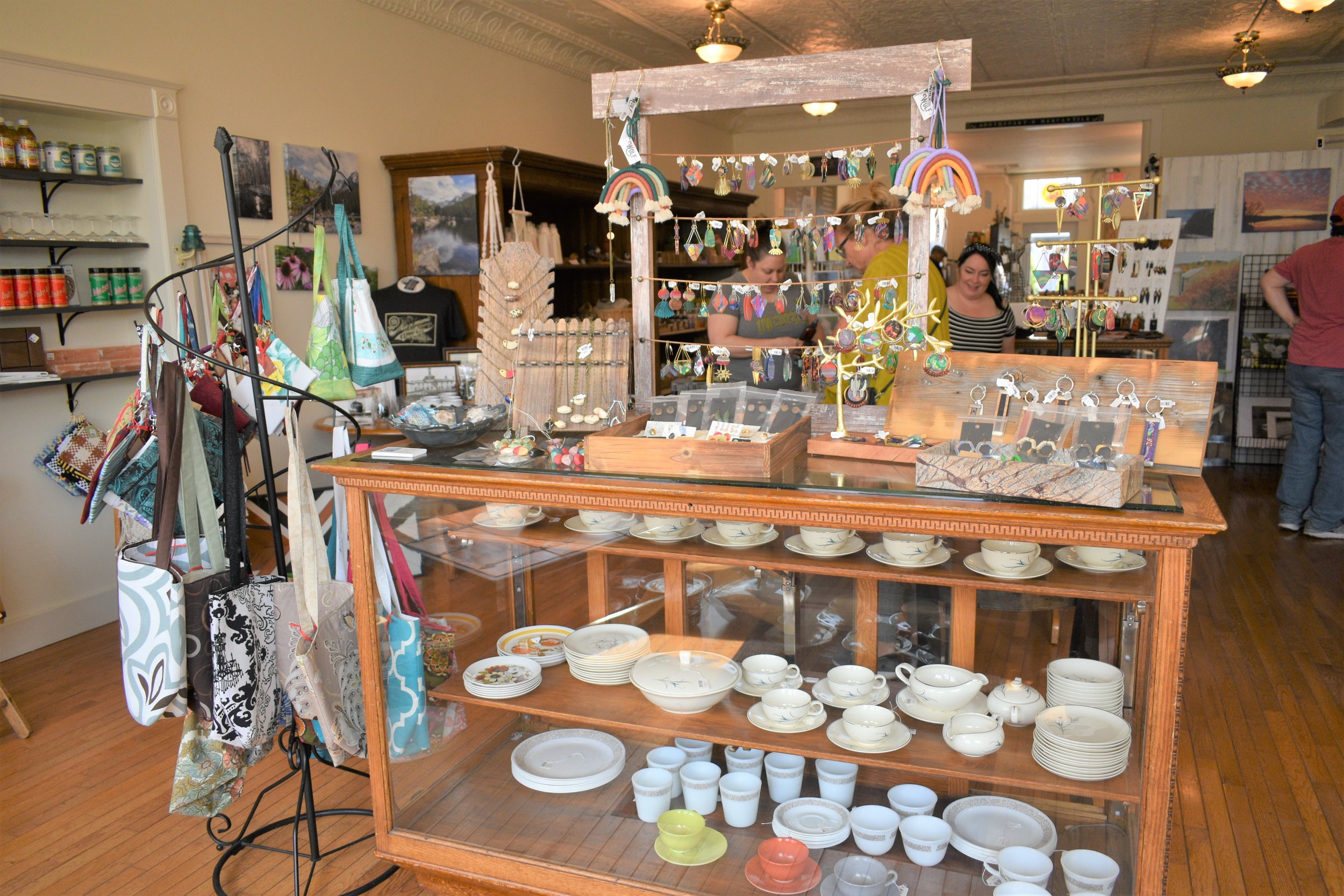Bluebirds
As migratory birds are flocking back to their summer homes, one of my favorite birds to watch and nurture are the Eastern Bluebirds. They have a beautiful light blue color and a very pleasant muted song and are quite tolerant of humans.
The “Eastern Bluebird” is one of 3 bluebird species found in Wisconsin. They eat bugs of all varieties and help to provide an enjoyable outdoor experience for humans during the summer months.
Bluebirds are most often found in fields, open woodlands, and in suburban locations with open spaces like parks or along golf courses. Scattered trees and tall bushes are essential in providing perch sites for bluebirds as they scout for insects.
Unfortunately, Wisconsin's population of Eastern Bluebirds though has recently suffered a 90 percent decline in their overall population. This is due to serious habitat loss and fewer farm field breaks with wooden posts and barbed wire fences that used to provide homes and perch sites. Competition from other bird species and predation by raccoons, cats, and snakes are major contributors to their decline.
Here are a number of ways, suggested by the “Bluebird Restoration Association of Wisconsin” and the “North American Bluebird Society” to attract bluebirds:
1. Install a proper nesting box:
Bluebirds are cavity nesters as are English sparrows and Wrens. They are each in fierce competition for a limited number of available sites. It is a fact that man-made boxes are extremely beneficial for bluebirds. Cedar, redwood, or outdoor plywood are preferred building materials since no paint or stain is required. Do not select a box with a perch! It will only aid predator birds to enter the nesting box.
2. Choose the location carefully:
Place the box in an open area away from woods or brushy areas. Locate it in short grass or a mowed area. Boxes should have total sun exposure from sunrise until noon; after that, shade is acceptable. Mounting on metal poles or T posts is best to deter climbing predators and snakes that climb trees. Entrance holes should be 5 to 6 feet above the ground. This will make it more convenient to monitor the box, nest and young birds.
3. Ensure nearby perching:
Bluebirds will typically perch on tree branches, power wires, porch railings, house gutters and the like. From their perch, they will swoop down for insects, spiders, and other tasty treats. These perch sites should be located not too far from the front or side of the nesting box.
4. Monitor the nesting box:
Make sure the box allows access into the nesting area for monitoring and cleaning. Monitor the box frequently. Unmonitored or abandoned boxes will attract non-native English sparrows, which will kill adult and baby bluebirds and take over the box. Also, clear the box’s interior after each brood has fledged to help reduce parasites and prevent the nest from getting too close to the entrance hole. Every spring and fall, clear the boxes of all old nesting material.
5. Plant natives:
Bluebirds eat fruit from many native shrubs, especially viburnums. Natives will also attract nourishing insects and caterpillars that they feed on.
A good local book on this topic is “Birdscaping in the Midwest: A Guide to Gardening with Native Plants to Attract Birds,” (2012, University of Wisconsin Press) by Wisconsin resident Mariette Nowak. It has detailed information on attracting bluebirds to yards. The book is available on Amazon.com or at your local library.
6. Provide fresh, clean water:
Place a frequently washed and refilled birdbath not too far from a nesting box. Fresh water is essential to birds for both drinking and cleaning their feathers. Baby bluebirds will be very itchy after leaving the nest and enjoy splashing about. Many other birds will also benefit from this birdbath.
7. Offer supplemental food:
It is totally unnecessary; but, mealworm feeding is a popular hobby for bluebird lovers. Live or dried mealworms, suet and sunflower meats will help entice bluebirds. Even without these things, however, bluebirds will do just fine as they have from the beginning. A proper home to raise their young is the most important thing we can provide for their immediate and future success.
8. Start a bluebird trail:
Bluebird trails are three or more nesting boxes each placed at least 100 yards apart. Closer placement of multiple nesting boxes will tend to attract other native birds, such as tree swallows and wrens. They will sharply reduce the number of baby bluebirds by killing them and taking over their nests.
9. Use blue-birder tools:
Nesting box may attract aggressive sparrows and wrens. A device called the Van Ert trap can help catch them. Federal law allows trapping and elimination of English sparrows. Inexpensive metal hole-plates may be placed over the hole if it has become enlarged or damaged by rodents or woodpeckers. Since I live in the country, I eliminate sparrows with my well sighted in 22 caliber rifle.
10. Embrace your “snags”:
Stop striving for perfection outdoors and leave up selected sturdy dead and dying trees, called snags. These provide critical habitat for both mammals and birds, including the cavity-dwelling bluebirds.
There are a great number of bluebird house plans around. Whichever one is most appealing to the builder/purchaser, be sure to get one that is easy to open, has vents in the bottom to allow water to drain out of when there is a driving rain, has a deep entrance that other predator birds won’t want to enter, with an entrance hole that is 15/16” but no more than1 ½” in diameter. Any bigger and English sparrows will surely be able to enter and take over the nest box.
With that having been said, enjoy the companionship of this wonderful gift of nature, our native bluebird.








